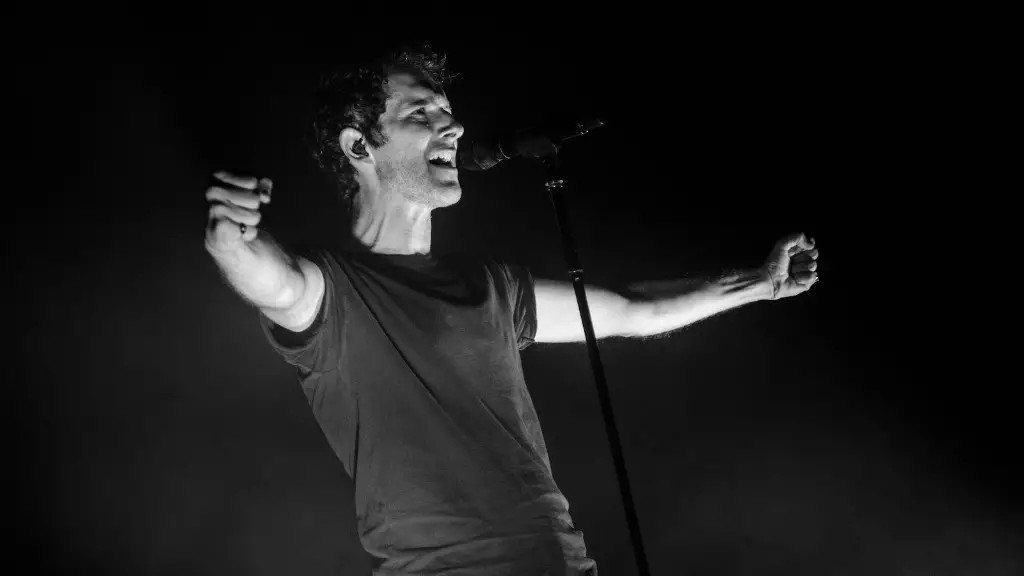You don’t have to be an expert artist to master the art of drawing a bobcat. In fact, anyone can do it with a little practice and patience. Whether you’re looking to spruce up your sketchbook or create a beautiful piece of art to hang in your room, here’s a guide to helping you draw a Bobcat in no time.
Start with your front view. Begin by sketching a circle in the center of your page to serve as the halfway point for the bobcat’s body. Then, lightly draw two straight lines below the circle to act as a guide for the neck and back. To the right and left of the circle, draw two more circles together and then connect those circles to each other with two curved lines.
Next, add some details. Draw two trapezoid shapes on either side of the head to make ears, draw two almond-shaped eyes and a narrow triangle for the nose. Then, draw two curved lines for the brows and add a tiny U-shaped curve inside of each eye for the pupils. Lastly, add a comma-shaped curve for the mouth and finish it off with a long, sloping line below the facial features to make up the neck and shoulders.
Now, observe and add the details. Look in a reference picture of a bobcat and notice the shape of its spots, the texture of its fur and its facial features. To capture its unique spots, try drawing them in an organic, free-flowing way. For the fur, use simple, short lines to make it look soft and fluffy. Finally, shade the fur and the bobcat’s facial features to give it depth.
To bring your bobcat to life, you’ll need to focus on the details. Look for inspiration in nature, add realistic textures and give the fur some volume by sketching tufts of fur in strategic areas. Include reference pictures to make sure you capture all the details accurately and, most importantly, don’t forget to give your bobcat eyes with emotion.
It’s finally time to shade and color your Bobcat. For a realistic look, use your reference picture to double-check the paws and fur, and fill in its fur with a combination of light and dark shades of brown. To add the final touch, add some pastel colors or warm shades of yellow and pink to the fur.
Drawing bobcats may seem intimidating at first, but with a bit of practice and patience, anyone can master it. Following this guide, you should now have a beautiful illustration of a bobcat that stands out from the rest. So whether you’re simply looking to fill up your sketchbook or to make a piece of artwork that you can frame, drawing bobcats can be a great way to unleash your creative juices!
To bring your bobcat’s unique personality to life, use simple lines to sketch its paws and claws. When shading and drawing the fur, simplify the shading by drawing small, repeated patterns that follow the direction of the fur, making sure that the fur looks soft and fluffy. Focus on the details and do not forget to add emotion to the eyes and the eyebrows.
Adding color to your Bobcat can be an exciting way to really bring the image to life. Try using pale yellow and pastel colors to ensure a realistic look, while also giving it an artistic, subtle touch. To practice, try looking through reference images of Bobcats and blend colors in subtle ways to make it look more realistic.
Once you’re ready to bring your illustration to the next level, highlight essential elements. Whether it be the fur, the eyes or the claws, using different shades of colors will help make the image stand out. Finally, finish it off with a few highlights to make the image look vibrant and dynamic.
It may sound intimidating for those starting out, but learning to draw a bobcat is within reach with a bit of practice. With these helpful tips and tricks, you now have all the tools to create a stunning illustration of a Bobcat. So grab your tools, keep practicing and don’t forget to have fun!
